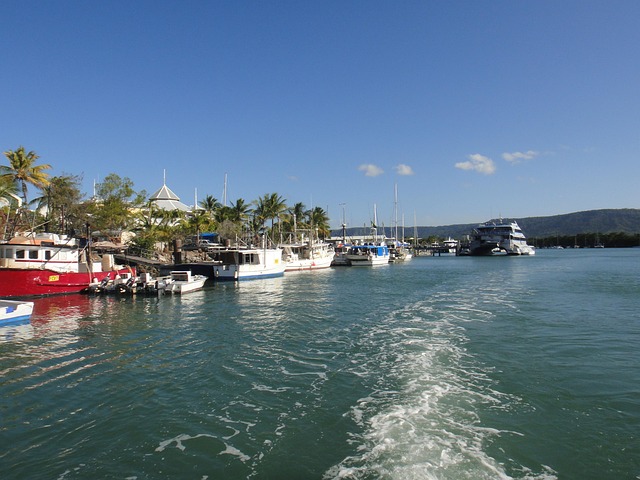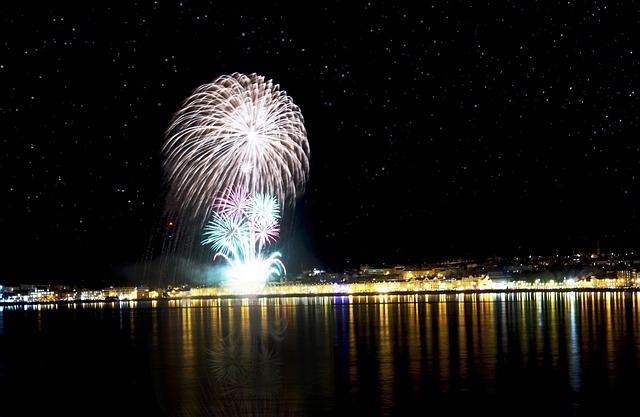Real estate development has a unique ability to strengthen community bonds and bridge cultural gaps worldwide. Mixed-use properties, combining residential and commercial spaces, encourage diverse neighborhoods and social interactions, leading to cultural exchanges. Developers can create inclusive environments through culturally sensitive design, urban planning, and shared public areas like gardens or recreational facilities. This approach fosters friendships across cultures, enhances community well-being, and promotes global citizenship. In today's interconnected world, real estate developments with integrated spaces and diverse amenities are transforming urban landscapes, becoming hubs for cross-cultural connections and community events, ultimately strengthening the tapestry of multicultural societies.
In an increasingly interconnected world, real estate has emerged as a powerful catalyst for bridging cultural gaps and fostering community building between nations. This article delves into three key aspects of how mixed-use developments, shared spaces, and collaborative real estate projects are not just constructing buildings but weaving together the social fabric of diverse societies. By exploring success stories and case studies from around the globe, we uncover the profound economic, cultural, and social benefits that arise when countries collaborate through real estate initiatives.
Bridging Cultural Gaps: Real Estate as a Catalyst for Community Building

In many cases, real estate serves as a powerful catalyst for community building, especially when bridging cultural gaps between nations. When communities share living spaces, they are more likely to interact and engage with one another, fostering cross-cultural understanding and mutual respect. Properties designed with mixed-use purposes, such as residential and commercial spaces, encourage social interaction and the formation of diverse neighborhoods. This proximity leads to a vibrant exchange of ideas, traditions, and cuisines, ultimately strengthening the bonds between people from different cultural backgrounds.
Real estate developers play a crucial role in this process by creating inclusive environments that cater to various needs and preferences. Incorporating cultural sensitivity into architectural design and urban planning ensures that spaces are welcoming and accessible to all. For example, incorporating community gardens or shared recreational areas can encourage residents from different nations to come together, participate in activities, and cultivate friendships. Such initiatives not only bridge cultural gaps but also contribute to the overall well-being and cohesion of the communities they serve.
– Exploring the role of real estate in fostering cultural exchange

In today’s interconnected world, real estate plays a vital role in bridging cultural gaps and fostering understanding between nations. When communities embrace diversity, properties become more than just physical spaces; they transform into vibrant hubs for cultural exchange. For instance, multicultural neighborhoods can host community events that showcase various traditions, cuisines, and artistic expressions, creating an inclusive environment where residents from different backgrounds come together.
The strategic development of mixed-use spaces, integrating residential, commercial, and cultural facilities, further strengthens these connections. Such areas encourage interaction by providing shared public spaces, where locals and visitors alike can engage in conversations, learn from one another, and appreciate the richness of diverse cultures. Real estate developers who prioritize inclusivity contribute to the creation of communities that transcend geographical boundaries, fostering a sense of global citizenship.
– Success stories of mixed-use developments creating diverse communities

In the realm of real estate, mixed-use developments have emerged as a powerful tool for fostering diverse and inclusive communities, bridging cultural gaps between nations. These projects seamlessly blend residential, commercial, and sometimes even recreational spaces, creating vibrant hubs where people from various backgrounds interact and build connections. Success stories abound, such as in cities like Singapore and Hong Kong, where mixed-use developments have become the backbone of thriving metropolitan areas.
For instance, the development of waterfront districts in these cities has attracted a diverse mix of residents and businesses, fostering cultural exchanges and strengthening community bonds. These spaces encourage interaction through shared amenities, local markets, and community events, ultimately enhancing social cohesion. Real estate developers play a crucial role in designing these mixed-use areas, ensuring accessibility, sustainability, and a thoughtful blend of architecture that respects the existing culture while introducing new elements, thereby fostering a sense of belonging for all residents.






